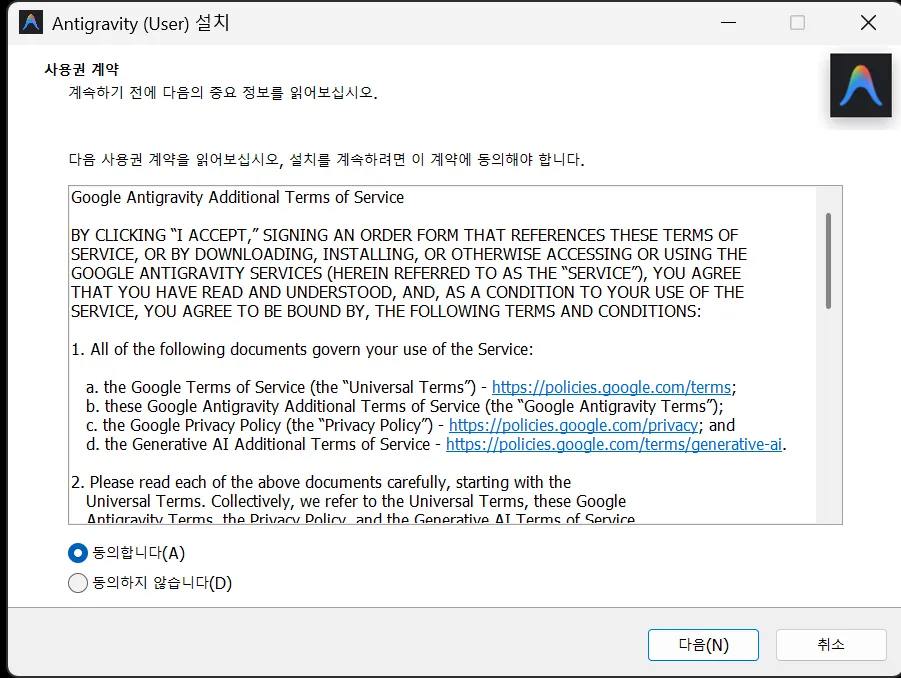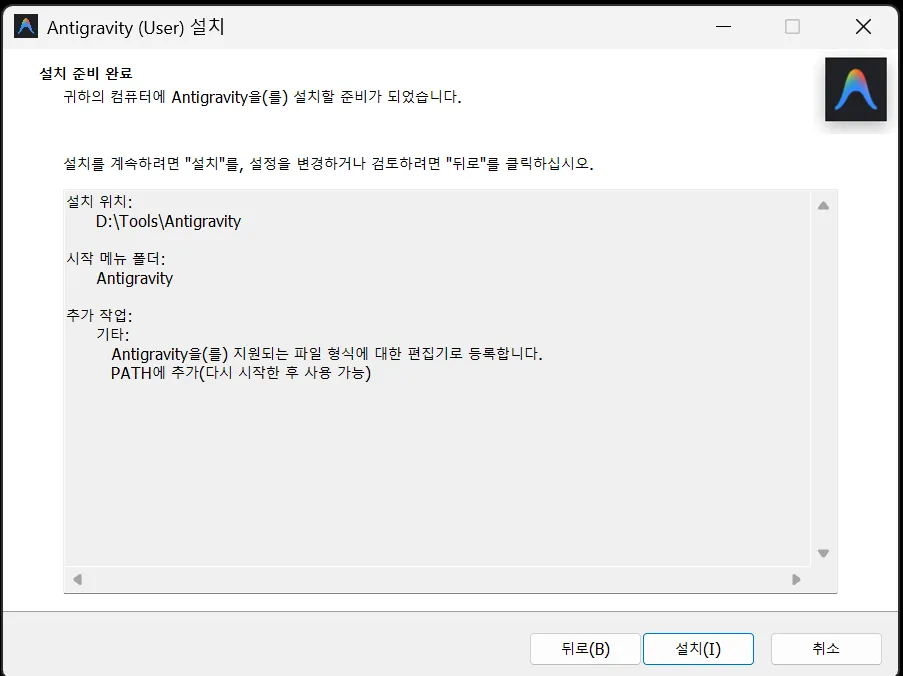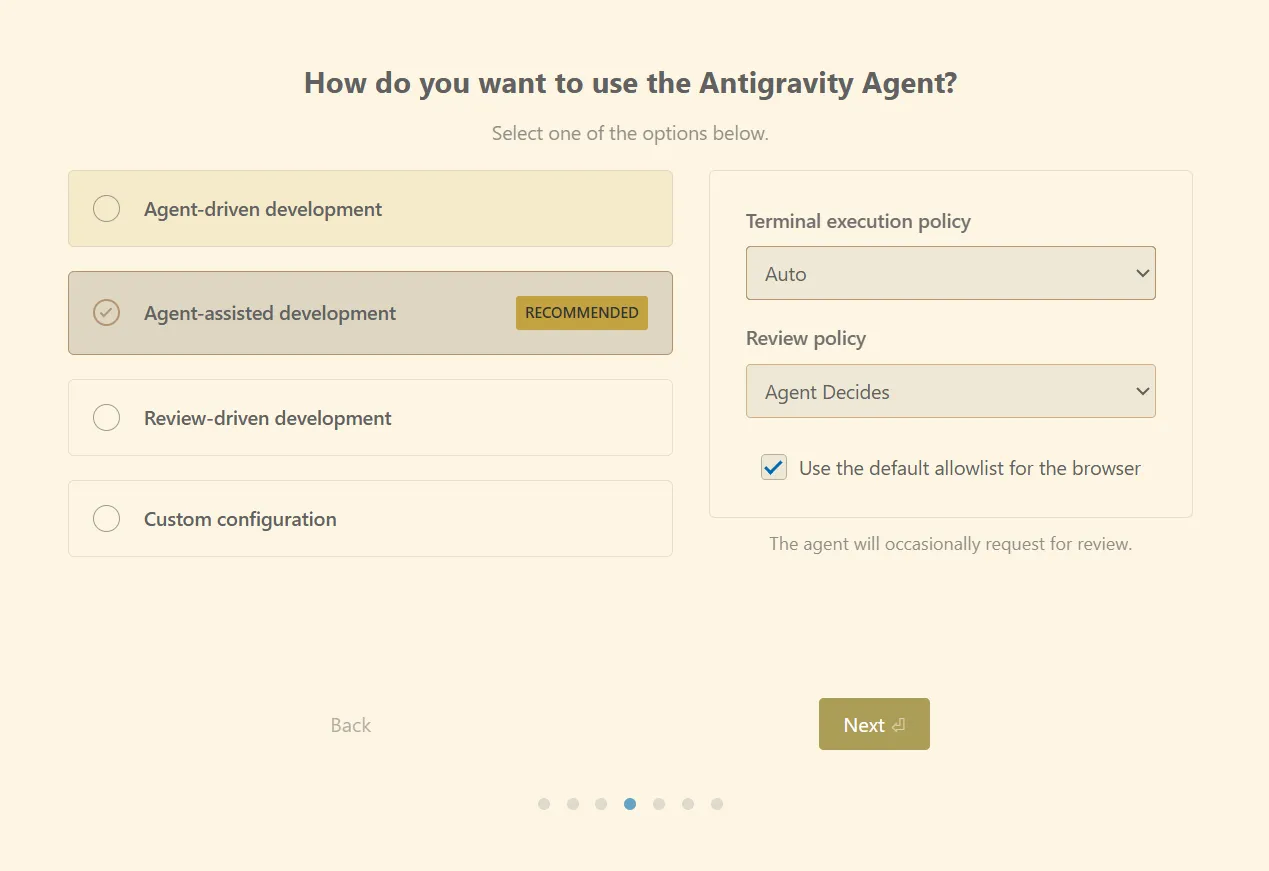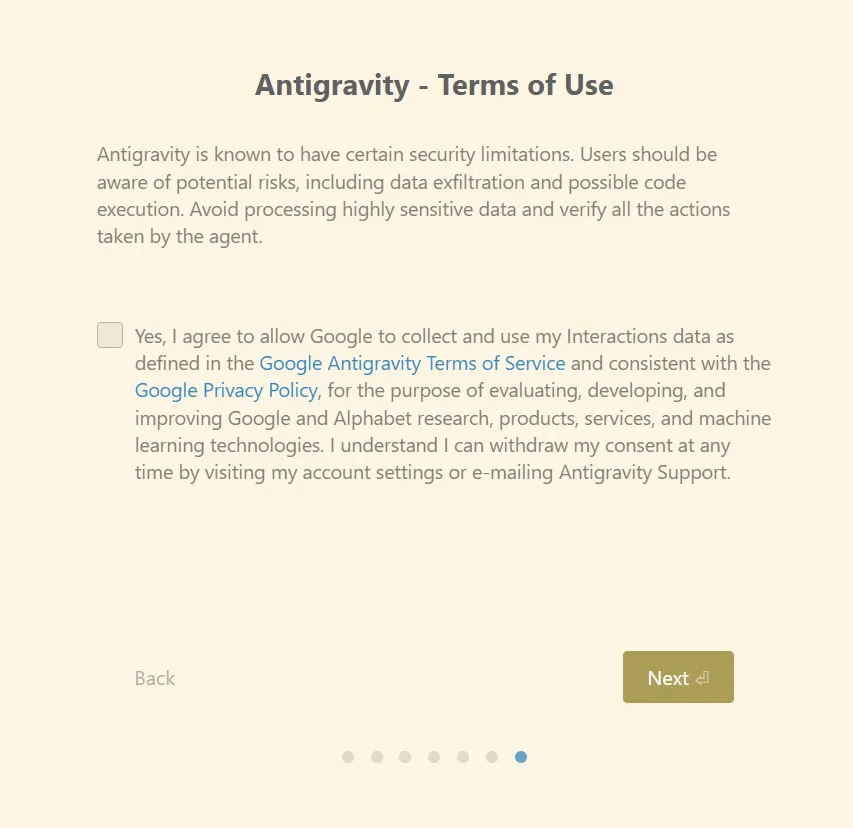Developers, are you ready to defy the gravity of coding? Google has finally unsheathed its sword. Introducing Antigravity IDE, a true 'AI Partner' that goes beyond simple code autocompletion to read your mind and perform complex tasks for you. Powered by the immense reasoning capabilities of Gemini 3, can this new tool topple the fortress of VS Code? We dig deep into everything from installation to real-world usage and community reactions.
1. What is Antigravity IDE?
In November 2025, Google unveiled Antigravity IDE (formerly Project Antigravity) at its developer conference. As the name suggests, this tool aims to liberate developers from the 'gravity' of repetitive and tedious tasks.
While existing AI coding tools merely predicted "the next line of code," Antigravity understands and executes "the next task to be done." This is possible because Google's latest LLM, Gemini 3, is integrated as the core engine of the IDE. It's not just an AI plugin; the entire IDE has been redesigned around AI.
"Antigravity is not just an editor. It's a capable colleague sitting next to you, thinking with you, writing code, and fixing bugs." – Google Developer Blog
2. Installation & Setup Guide (with Screenshots)
Seeing is believing! Let's walk through the installation process to get a first impression of Antigravity. The process is intuitive, but there are a few things to note, such as Google account integration.
Step 1: Run the Installer
Run the installer downloaded from the official website. You'll be greeted by a clean, modern installation screen. The logo feels like it's floating in zero gravity.

Step 2: Select Installation Options
It asks for the installation path and shortcut creation. It defaults to a path similar to VS
Code, so be careful not to conflict with existing settings. Make sure to check the 'Add to
PATH' option to run the IDE from the terminal with the ag command.

Step 3: Installation Progress
Installation is quite fast. On an SSD, copying all files takes about a minute. Reading the tips displayed during installation is also quite interesting.

Step 4: Installation Complete & Launch
Installation is complete! Check 'Launch Antigravity' and click Finish to start the IDE.

Step 5: Initial Setup & Theme Selection
On first launch, you can choose your theme and keymap. Existing VS Code users can select 'VS Code Keymap' to adapt immediately without feeling out of place. The default 'Gemini Dark' theme is easy on the eyes and offers great readability.

Step 6: Google Account Login & AI Activation
To use the core AI features of Antigravity, logging in with a Google account is mandatory. Click the profile icon in the bottom right to log in, and access to the Gemini 3 Pro model will be activated. During the beta period, unlimited credits are provided for free!

3. Core Features: Meeting Gemini 3
The biggest differentiator of Antigravity IDE is the Deep Integration of Gemini 3.
'Deep Context' Understanding
Typical AI coding tools only look at the currently open file or code around the cursor. However, Antigravity understands the entire project structure, dependencies, and even git history. For example, if you ask "Refactor this function," it doesn't just fix the function internally but also finds and updates code in other files that call this function.
// Example: User requests modification of 'calculateTotal' function
// Antigravity finds and proposes changes everywhere this function is used.
// src/utils.js (Before modification)
export function calculateTotal(items) {
return items.reduce((acc, item) => acc + item.price, 0);
}
// src/cart.js (Dependency detected by AI)
import { calculateTotal } from './utils';
const total = calculateTotal(cartItems); // AI understands the impact hereNatural Language Terminal
No need to memorize complex shell commands. Just type "Undo the last commit and keep changes
staged" into the built-in terminal, and the AI proposes and executes
git reset --soft HEAD~1. Complex infrastructure tasks like running Docker
containers or AWS deployments can also be handled conversationally.
4. Multi-Agent System: Building Your Own Dev Team
The highlight of Antigravity is its 'Multi-Agent' system. Instead of one AI doing everything, multiple AI agents with different specializations collaborate to solve problems.
- Architect Agent: Designs the overall project structure and proposes tech stacks.
- Coder Agent: Writes and implements the actual code.
- Reviewer Agent: Reviews the written code and identifies potential bugs or security vulnerabilities.
- Test Agent: Automatically generates and runs unit and integration tests.
When a user asks "Create a login page," the Architect designs it, the Coder writes the code, the Reviewer checks it, and the Test agent creates test codes in a sequence of automated steps. The user acts as a team lead, monitoring the progress of each agent and approving their work.
5. Performance & UX: Comparison with VS Code & Cursor
This is what many of you are curious about. How does it compare to the existing heavyweights?
| Feature | Antigravity IDE | Cursor | VS Code + Copilot |
|---|---|---|---|
| Base Model | Gemini 3 (Native) | Claude 3.5 / GPT-4o | GPT-4o |
| Context Awareness | Best (Full Project + External Docs) | High (Full Project) | Medium (Open Files) |
| Speed | Very Fast (Uses Gemini Flash) | Fast | Average |
| Agent Features | Multi-Agent Collaboration | Single Agent (Composer) | Limited (Chat focused) |
| Price | Free in Beta (Paid expected) | $20/mo | $10/mo (Copilot) |
After using it personally, Antigravity was overwhelmingly fast. Code generation speed was particularly impressive, eliminating the boredom of waiting for AI responses. Also, being built on VS Code means you can use existing extensions as they are, which is a huge plus.
6. Community Reactions: Cheers and Fears
Reactions from overseas developer communities like Reddit and Hacker News are hot.
Key Reactions from Reddit Users
- "It feels just like VS Code, but the AI feels much smarter. I got goosebumps watching the multi-agent system plan a refactor on its own."
- "The speed is insane. I didn't know Gemini 3 was this fast. Enough reason to switch from Cursor."
- "However, forced Google account login is a bit unsettling. I'm worried if my code is being sent to Google servers for training."
- "Since it's still beta, sometimes the agents do stupid things or freeze. Stability needs to be watched a bit more."
While performance and features are generally praised, there are significant concerns about data privacy and Google ecosystem lock-in. Security policies will need to be clarified for enterprise adoption.
7. Verdict: A Glimpse into the Future of Coding
Antigravity IDE is not just 'another AI editor.' It's Google's attempt to fundamentally change the way developers write code. A future where we spend more time instructing AI agents and reviewing results than typing code ourselves. Antigravity shows that this future is already here.
Of course, it's not perfect yet. There are beta-specific bugs and privacy issues to address. But the ability to experience the powerful performance of Gemini 3 for free makes it worth installing right now.
Install Antigravity today and start a coding experience that defies gravity. Your productivity might just skyrocket. 🚀
